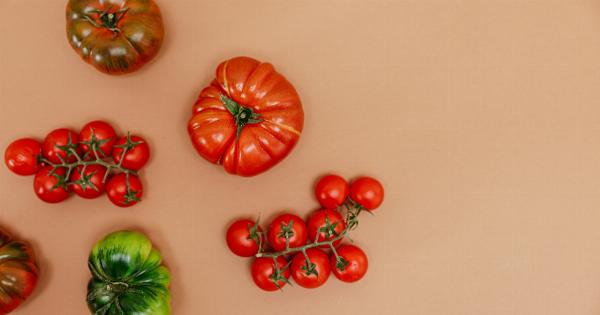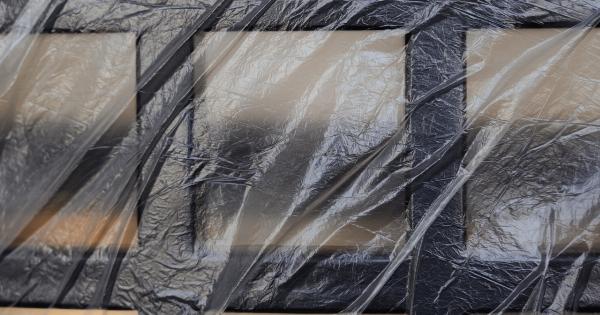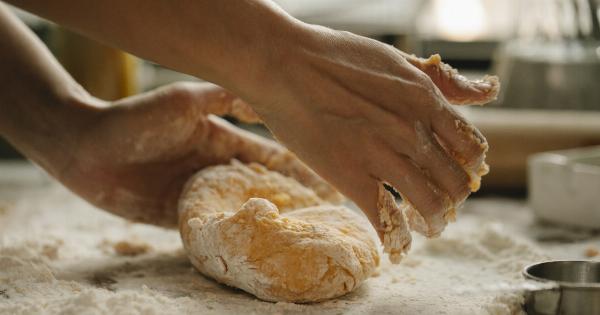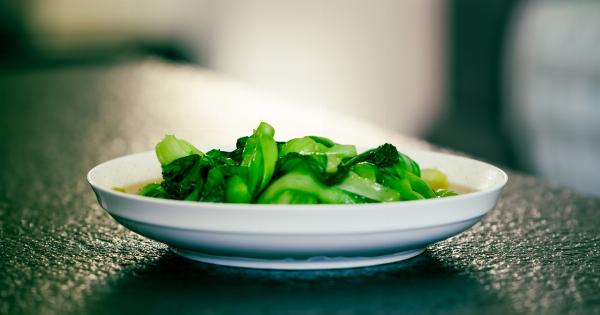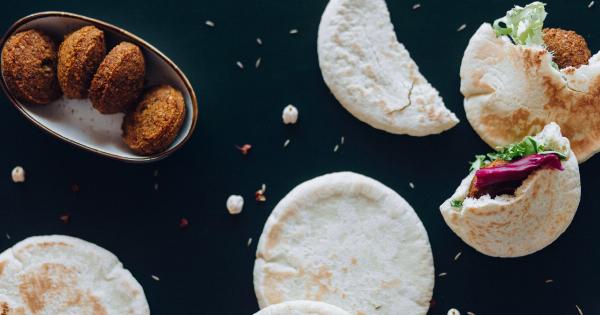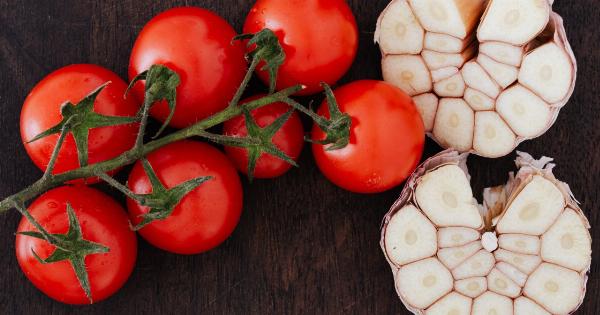Tomatoes are a popular fruit packed with vitamins, minerals, and antioxidants. They are incredibly versatile, used in a variety of dishes and cuisines around the world.
However, many people are unaware that chilling tomatoes can negatively impact their flavor and texture. In this article, we will explore why tomatoes lose flavor when chilled and provide alternative methods for storing and preserving these delicious fruits.
Why Do Tomatoes Lose Flavor When Chilled?
Tomatoes are highly sensitive to temperature changes, especially when it comes to refrigeration. When exposed to cold temperatures, the enzymes responsible for producing the natural sugars and aromatic compounds in tomatoes become less active.
This leads to a noticeable loss of flavor and a duller taste.
Furthermore, the cell structure of tomatoes is affected by chilling, which results in a mealy or grainy texture.
The cold air in the refrigerator causes the cells to break down and lose their firmness, making the tomatoes mushy and less appealing to eat.
Optimal Storage Conditions for Tomatoes
To preserve the flavor and texture of tomatoes, it is important to store them at the proper temperature and under the right conditions. Here are a few tips to keep your tomatoes fresh:.
1. Store at Room Temperature
Tomatoes are best stored at room temperature, ideally between 68°F and 77°F (20°C and 25°C). This allows the enzymes in the fruit to continue their natural ripening process, enhancing the flavor and aroma.
Keep the tomatoes in a single layer, preferably on a countertop or in a shallow basket.
2. Keep Them Stem-Side Down
Storing tomatoes stem-side down helps to prevent moisture from entering through the stem scar, reducing the risk of spoilage. By placing them upside down, you ensure that the delicate area, which is prone to moisture retention, remains protected.
3. Avoid Direct Sunlight
While tomatoes need warmth to ripen, direct sunlight can cause them to ripen too quickly and become overripe. Excessive exposure to sunlight may also lead to uneven ripening and a higher risk of spoilage.
Find a shaded spot on your countertop or in your pantry to store the tomatoes.
4. Separate from Other Fruits and Vegetables
Tomatoes release ethylene gas, a natural hormone that promotes ripening. However, this gas can also accelerate the ripening process of nearby fruits and vegetables.
To prevent premature spoilage, store tomatoes separately from other produce or place them in a paper bag to contain the ethylene gas.
5. Use When Fully Ripe
Tomatoes are at their peak flavor when fully ripe. Look for tomatoes that are firm yet yield slightly to gentle pressure. They should have a bright color and a sweet, slightly tangy aroma.
If the tomatoes are not yet ripe, leave them at room temperature until they reach the desired level of ripeness.
Alternative Methods for Preserving Tomatoes
If you have a surplus of tomatoes and want to extend their shelf life without sacrificing flavor, there are alternative methods you can use:.
1. Canning
Canning is a popular method of preserving tomatoes for future use. By canning tomatoes, you can enjoy their delicious flavor even during the off-season.
Start by blanching the tomatoes in boiling water, then plunge them into an ice bath to easily remove the skins. Pack the tomatoes into sterilized jars and process them in a water bath canner according to safe canning guidelines.
2. Freezing
Freezing tomatoes is another excellent way to preserve their flavor. Remove the stems and cores, then blanch the tomatoes to loosen the skins. Once cooled, you can choose to leave the tomatoes whole or puree them.
Place the tomatoes in freezer-safe containers or bags, remove any excess air, and label them with the freezing date.
3. Making Tomato Sauce
If you have an abundance of ripe tomatoes, making tomato sauce is a fantastic way to utilize them. Cook down the tomatoes with onions, garlic, herbs, and spices to create a flavorful sauce.
Once cooked, let the sauce cool completely before transferring it into sterilized jars. Store the jars in a cool, dark place or refrigerate them for shorter-term use.
4. Roasting or Drying
Tomatoes can also be oven-roasted or sun-dried to increase their shelf life and intensify their flavor. Slice the tomatoes and coat them in olive oil, herbs, and seasonings of your choice.
Roast them at a low temperature until dried, or sun-dry them over a few days until they reach the desired texture. Store the roasted or dried tomatoes in sterilized jars with a layer of olive oil on top to preserve their freshness.
Enjoy the Full Flavor of Tomatoes
By following these tips and avoiding the chilling of tomatoes, you can ensure that the fruits retain their natural flavor and texture. Store your tomatoes at room temperature, away from direct sunlight and other produce.
Alternatively, consider canning, freezing, or making sauces, roasted tomatoes, or sun-dried tomatoes to enjoy their taste throughout the year. With these techniques, you’ll never have to settle for a bland tomato again!.

